
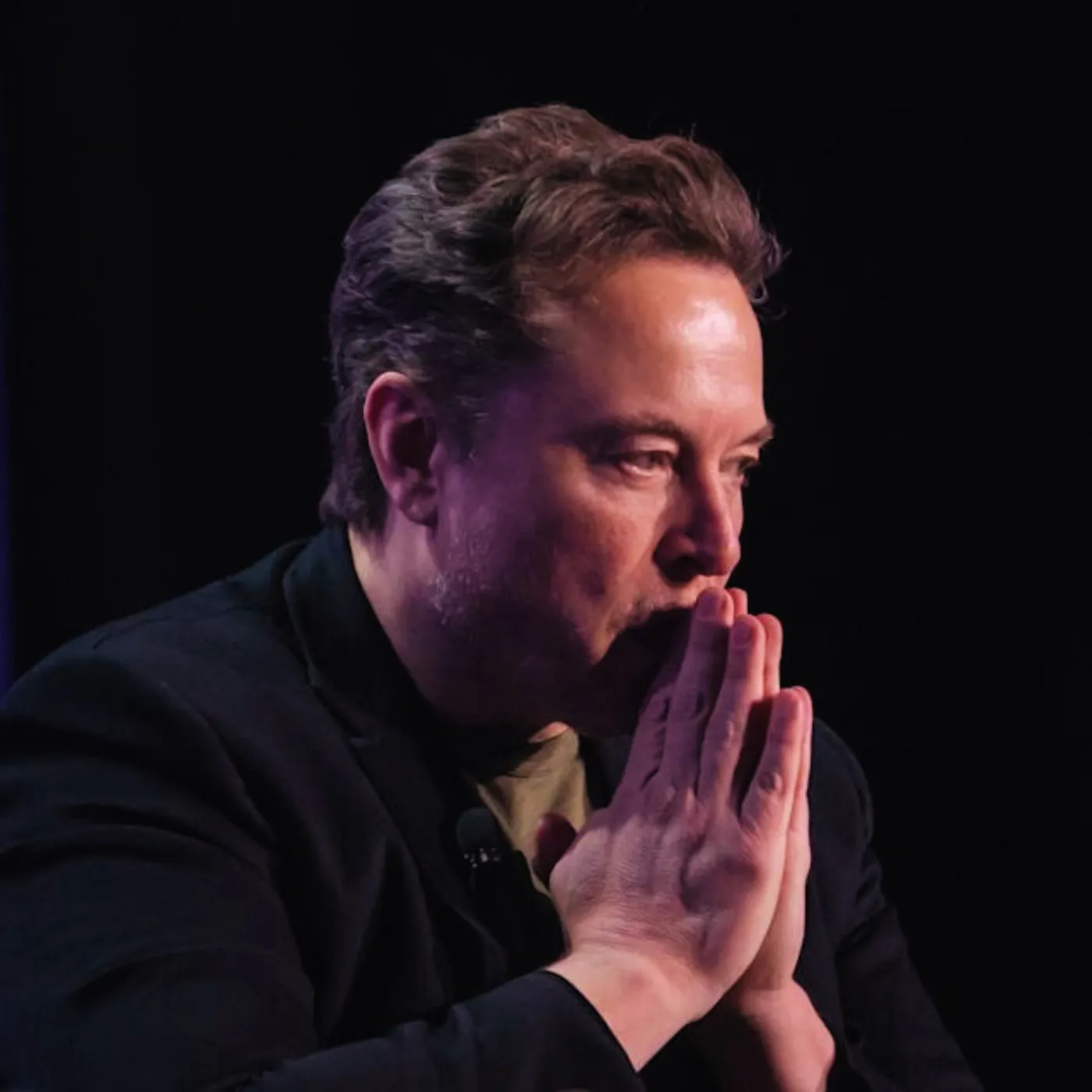
Elon Musk’s Robotaxi Finally Drops But It’s Already Losing the Race
After years of bold promises, viral tweets, and tech-world anticipation, Tesla’s long-awaited Robotaxi has officially been unveiled. For Elon Musk, this should’ve been a game-changing moment—a victory lap validating years of hype. Instead, what the world witnessed was the arrival of a sleek machine into a fiercely crowded battlefield, where expectations are sky-high and competition is already miles ahead.
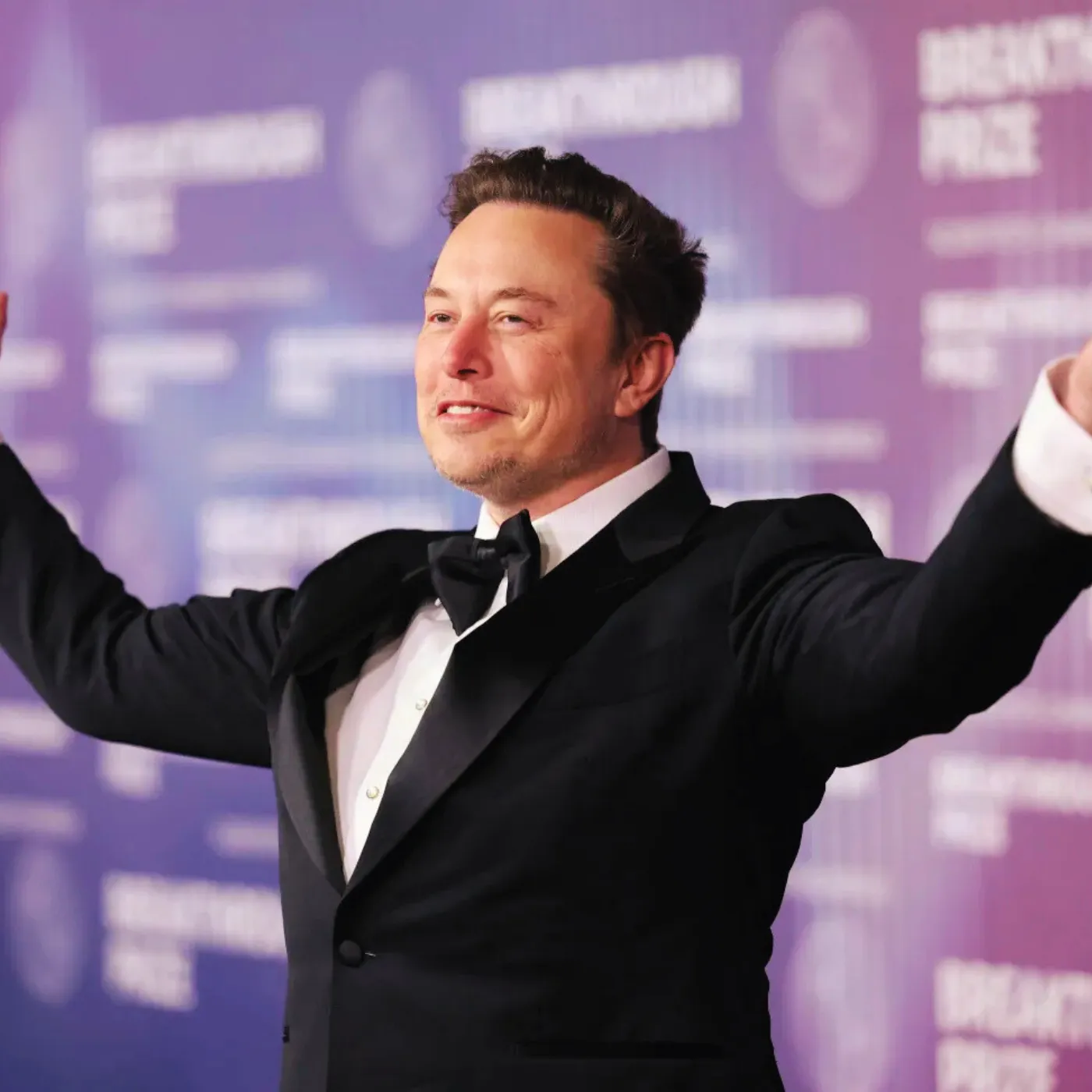
This isn’t the futuristic revolution Elon teased back in 2019. This is a street fight—and Tesla’s Robotaxi might be showing up with less armor than it needs.
Let’s take a deep dive into what’s really going on with Tesla’s autonomous ambitions, how it stacks up in a saturated market, and whether Musk’s latest gamble is poised for success—or set to spiral like so many over-promised launches before it.
The Promise That Became a Meme
Back in April 2019, Elon Musk declared to investors that Tesla would launch a fleet of self-driving robotaxis by 2020. He went further, saying the cars would be so advanced that owners could send them out to earn passive income while they slept. According to Musk, “You’ll be able to make $30,000 a year just by letting your car drive itself.”
That vision was bold, futuristic, and—most importantly—profitable-sounding. It instantly made headlines, drew cheers from Tesla supporters, and added billions to the company’s valuation.
But as years passed, the promise never materialized. Software delays, legal hurdles, and a lack of functional full self-driving (FSD) technology meant that Musk’s robotaxi dream slowly turned into a running joke. Tesla forums began circulating countdown memes. Investors quietly shifted their timelines. Critics called it “vaporware with branding.”
Yet here we are—in mid-2025—and Tesla’s Robotaxi is finally real. Sort of.
So… What Is Tesla’s Robotaxi, Really?
Tesla’s newly unveiled Robotaxi is a sleek, minimalist, steering-wheel-free vehicle designed to run entirely on Tesla’s Full Self-Driving platform—a system that has been in beta for over four years, still facing safety debates and regulatory red tape.
The vehicle features:
A glass canopy roof
No pedals, no steering wheel, no driver-side seat
An interior closer to a high-end lounge than a car
Integrated touchscreen panels and voice-assist features
Design optimized for short urban trips
From a design standpoint, it’s a futurist’s dream. But from a functional standpoint? That’s where the trouble begins.

The Self-Driving Question No One Can Ignore
For all the visual wow factor, Tesla’s Robotaxi still depends on FSD software that is nowhere near universally approved. Despite the branding, Tesla’s Full Self-Driving system is still classified as Level 2 autonomy, which means it requires driver supervision at all times. True robotaxis require Level 4 or 5—full autonomy, no human input needed.
That’s a massive leap—and one Tesla hasn’t cleared yet.
Musk claims Tesla will “achieve full autonomy this year,” but similar declarations have been made every year since 2016. The truth is, no regulatory body in the U.S. or Europe has greenlit fully autonomous Teslas without human backup.
Meanwhile, competitors like Waymo, Cruise, and Zoox are already running fully driverless vehicles in select U.S. cities, albeit within geofenced areas.
In short, Tesla’s Robotaxi may look the part, but it’s still legally a show car.
The Competitive Landscape: A Brutal Reality
While Tesla was busy delaying its launch, the robotaxi market evolved—fast.
Waymo (by Alphabet) has logged over 10 million fully autonomous miles, with active driverless services in Phoenix, San Francisco, and Los Angeles.
Cruise (by GM) operates hundreds of autonomous vehicles in several U.S. cities with public ride-hailing services.
Amazon’s Zoox has rolled out a fully autonomous, bi-directional pod vehicle—operating with no front or back.
Chinese giants like Baidu and Pony.ai are launching robotaxi programs in Beijing and Shanghai with government support.
So while Tesla was promising, others were delivering.
Musk’s vehicle now enters a market where the novelty is gone, and the expectations are sky-high.
The Business Model: Still Vague
Unlike Waymo or Cruise, Tesla hasn’t announced a formal ride-hailing app, operational cities, pricing structure, or even a launch date for actual robotaxi service. The company simply revealed the design—and the promise—once again.
Critics are pointing out that this mirrors past behavior: launch hype first, details later, and hope the brand power carries the rest.
One investor told us, “It’s hard to call it a robotaxi when there’s no actual taxi network. It’s a prototype, not a product.”
If Tesla wants to seriously compete, it needs more than a sleek EV shell—it needs infrastructure, partnerships, and regulatory wins. And fast.
What’s Really Driving This?
Many analysts believe that this Robotaxi reveal is more about optics than operations. Tesla has faced
Declining EV sales in Q1 and Q2 2025
Growing concerns over FSD safety and regulatory investigations
Major competition from BYD, Lucid, and Rivian in key markets
Stock market pressure after missing production targets
Launching the robotaxi now may be a strategic move to reignite hype, drive social media chatter, and distract from the cracks in the company’s EV dominance.
And it’s working—to an extent. The reveal trended #1 on X, with memes, admiration, and outrage flooding timelines. But engagement ≠ adoption.
The Risk of Overhype Fatigue
There’s a growing sense of “Musk fatigue” in parts of the tech world. The constant cycle of promise > delay > partial reveal > pivot is wearing thin.
Even longtime Tesla supporters are asking tougher questions:
When will the robotaxi actually hit the streets?
Can FSD truly reach Level 4 or 5 autonomy?
How does Tesla plan to navigate safety standards and lawsuits?
Will there be a viable economic model behind the tech?
Without clear answers, the robotaxi becomes less of a “revolution” and more of a headline stunt.
So… What Happens Next?
There are three possible paths from here:
Tesla surprises everyone and gets FSD certified for full autonomy, launching Robotaxi fleets in 2026.
The vehicle becomes a premium novelty, used for marketing but never scaled.
Tesla quietly shelves the idea again and refocuses on core EVs, while competitors eat up market share.
Only one of those scenarios cements Tesla as the king of next-gen mobility. The others leave Musk playing catch-up.
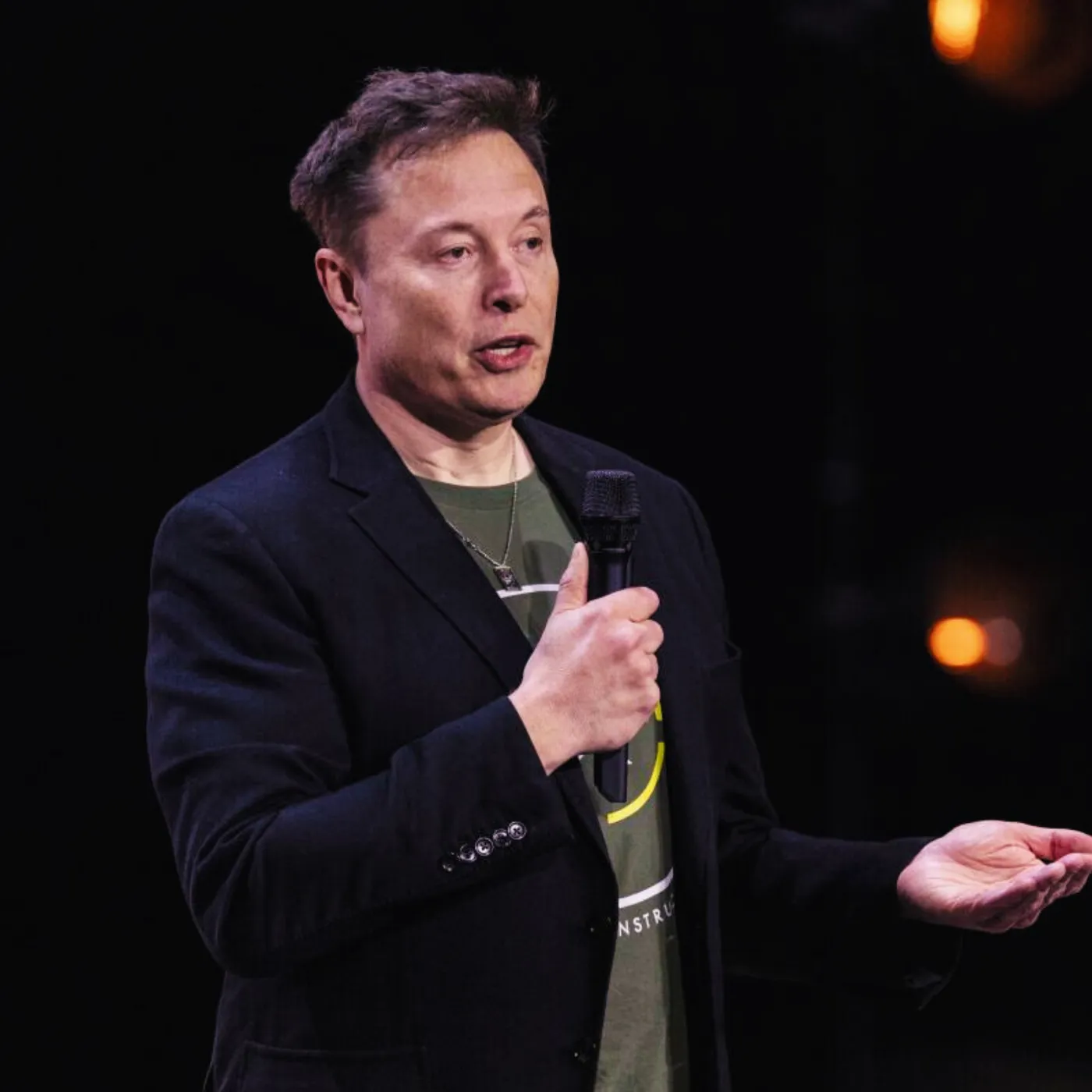
Final Thoughts: The Future Doesn’t Wait
Elon Musk has a rare ability to control narrative, command attention, and rally hype. That’s why Tesla is still one of the most influential brands in the world.
But the autonomous vehicle space doesn’t bend to charisma. It demands data, safety, regulation, and execution.
Tesla’s Robotaxi might be beautiful. It might be fast. It might even be game-changing. But right now? It’s a promise—one arriving late and joining a war it might not be ready to win.
In tech, timing is everything.
And this time, Tesla might’ve blinked too long.


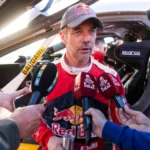





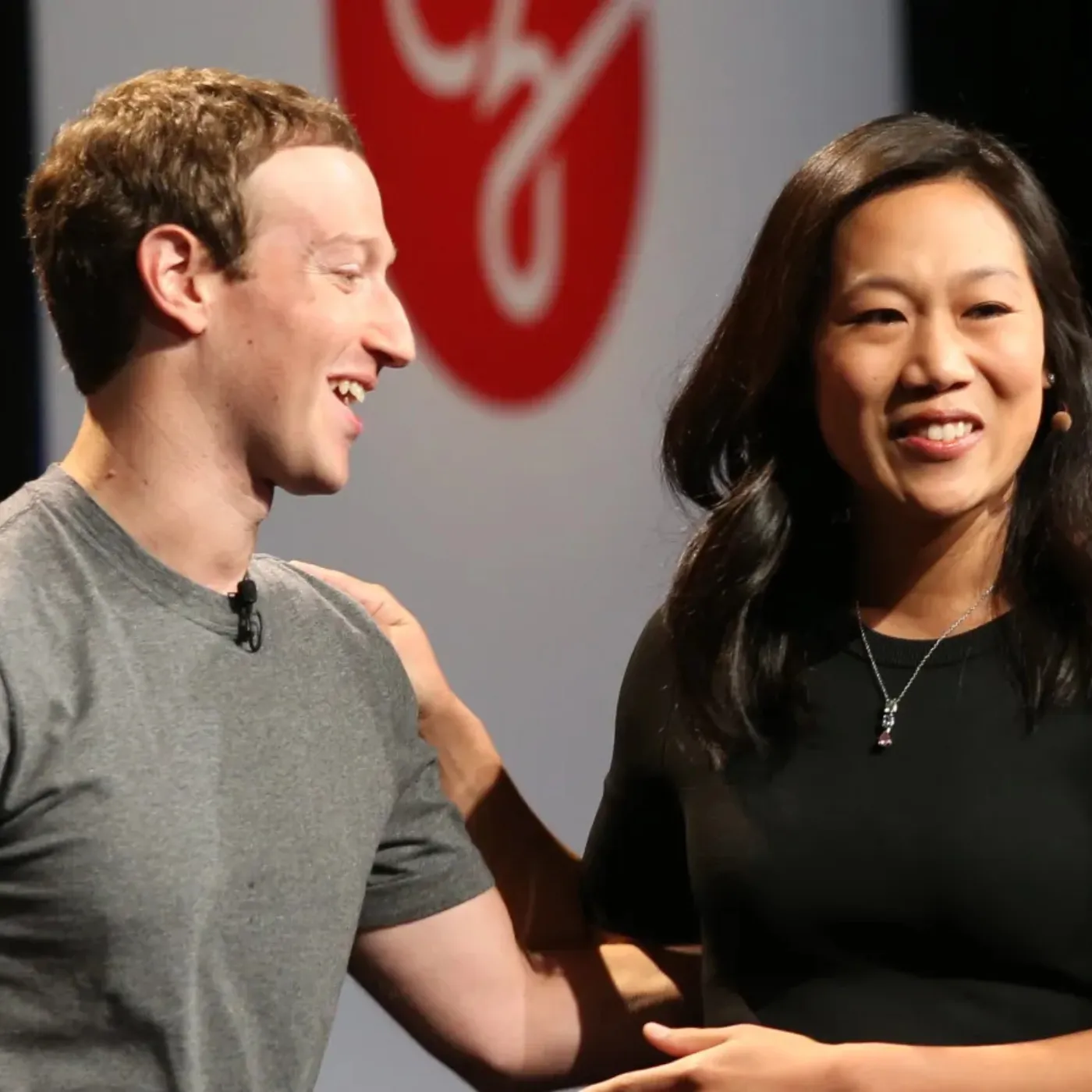
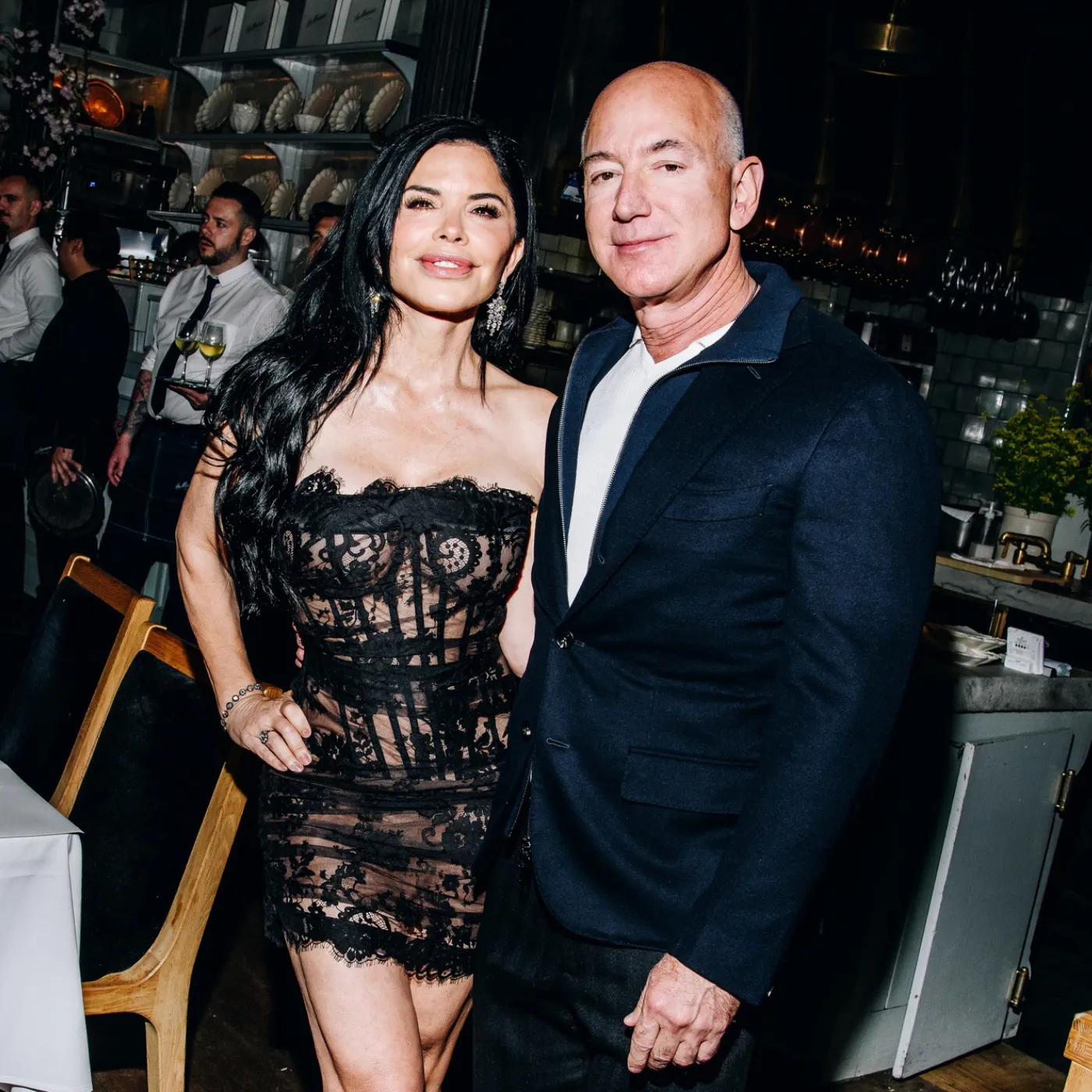
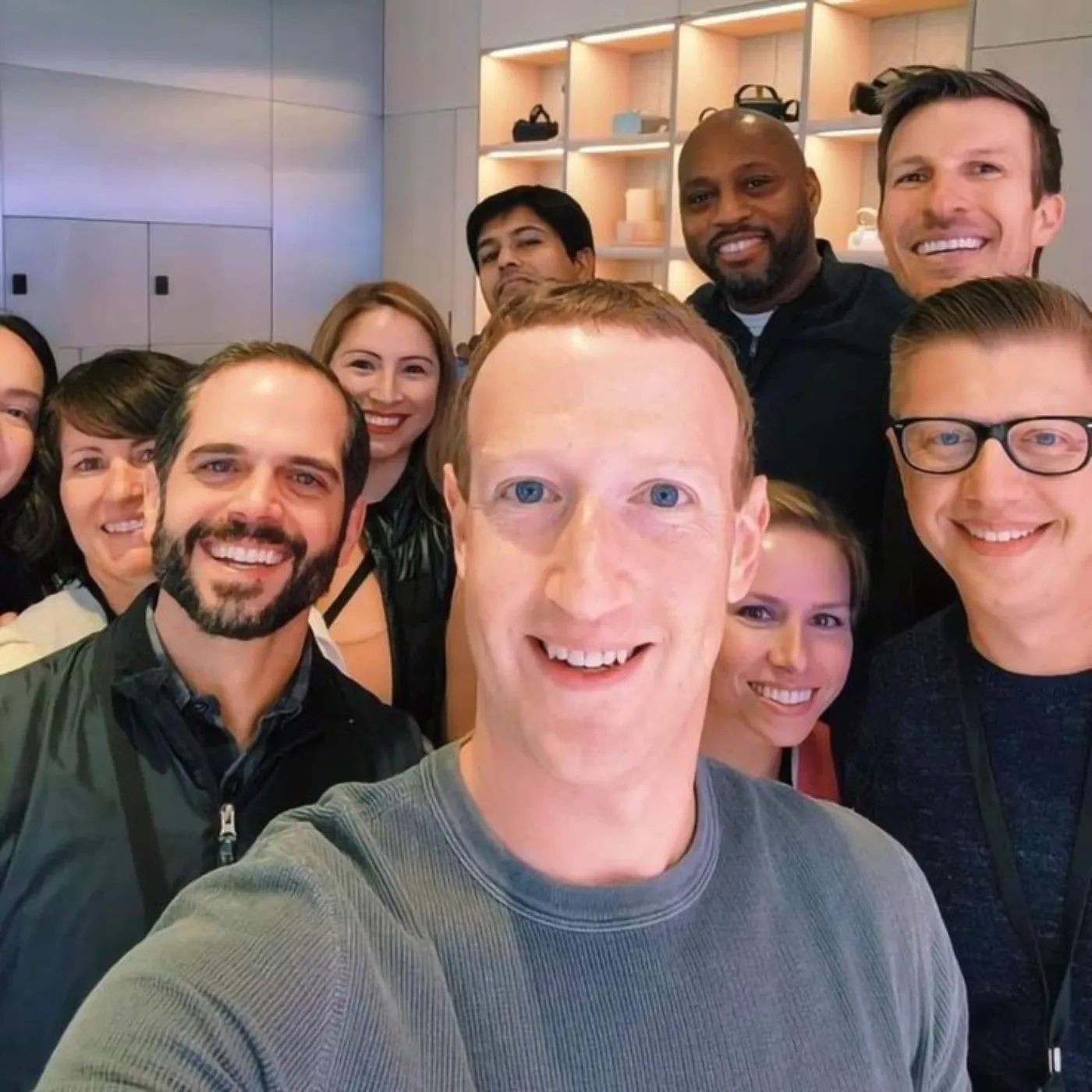








Post Comment